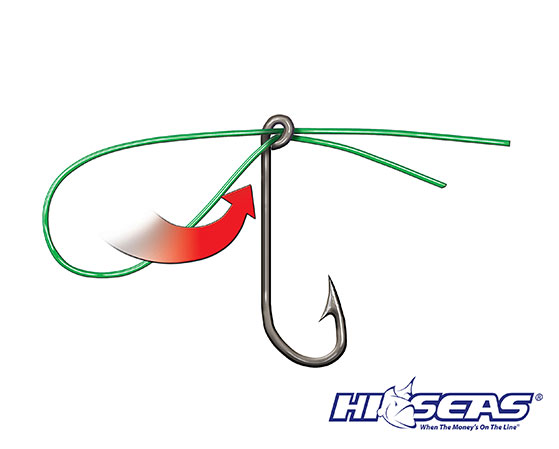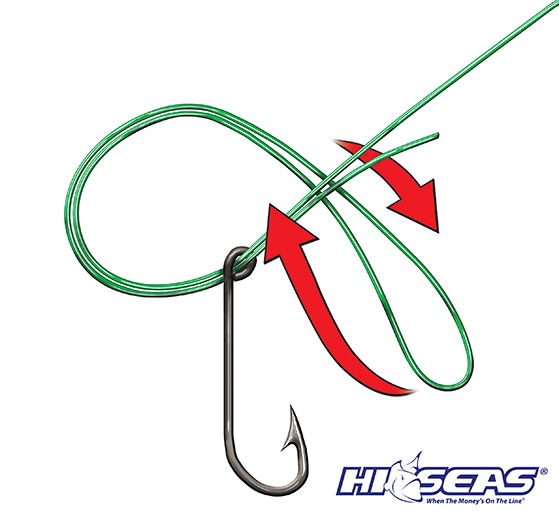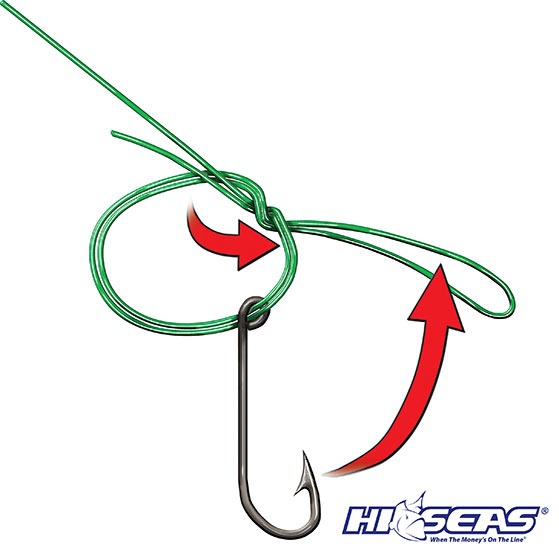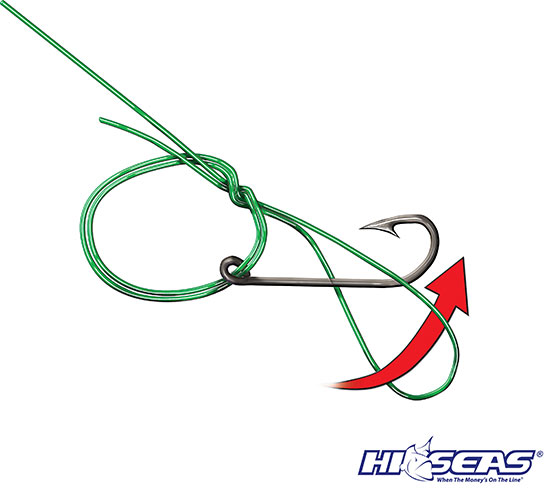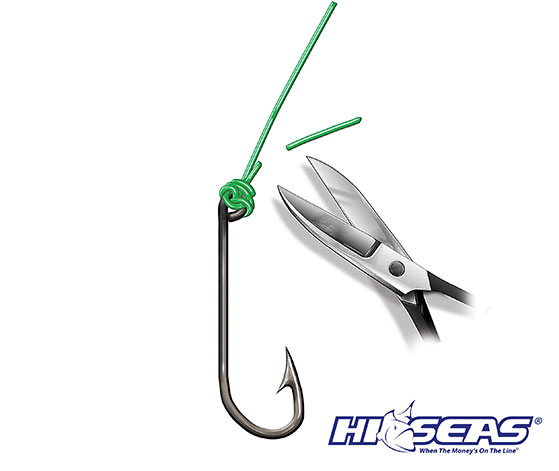Knot Knowledge Works To Angler’s AdvantagePosted: October 22nd, 2014 by Bill Dance I am sure you know that old saying about what to do when life gets tough: “Tie a knot and hang on.” There’s certainly truth to that. Hanging on is an important part of life, and it is also a very important part of fishing. It has been estimated that 75 percent of all line failures can be attributed to poor knot tying or inappropriate knot selection. For everyday fishing, I recommend the Palomar knot. It’s one of the easiest and quickest knots to tie, and offers extremely high break strength. To tie it, double about 4 inches of line and pass or thread the loop through the hook eye or split ring on your lure. Now, tie an over hand knot in doubled line. Next, pull the loop over your hook or lure. Finally, pull both ends to tighten the tag in your main line. Once snug, cut off excess to tag end. This is a super knot, especially when fishing lines that are under 30-pound test. Of course, there are numerous line choices on the market today, and granted so many lines for so many uses, one also has to note that some lines may perform better with select knots. That’s just something you have to consider before you go fishing. But speaking of knots, people have often asked me how is it that a fish weighing 2 pounds can break a line that is rated far above the fish’s weight. For example, how in the world does a 2-pound bass break a line that is 8-pound test? Is it simply knot failure? One wouldn’t think that a fish’s weight in the water would cause the break most of the time. But fish are not entirely weightless in water, though water does allow a sort of neutral buoyancy that allows anglers to use lightweight rods and line to lift a bass to the surface, often while using lines with breaking strengths far below the actual weight of the fish in air as opposed to its weight in water. Plus, a good angler, one skilled at landing fish can tire a fish via his actions, and the drag system of a quality reel can also work wonders. But…as mentioned above…it is estimated that poor knots are the reason for 75 percent of line failures. So my suspicion to what causes a small fish to break a larger test-weight line is knot failure. What causes a knot to fail? There are several factors to consider. Example, a line that is improperly wrapped or twisted over itself will cut itself due to compression when pulled tight. Consider this formula. A 20-pound test line improperly wrapped or tied over itself becomes a 10-pound line due to compressive forces. Also, movement within an improperly tied knot will burn and weaken the monofilament. To help eliminate knot failure: * always take time to tie a knot correctly; * Always wet the knot before cinching; down–keeps the line from heating and weakening the mono; * Always tie a knot that is easy for you to tie–it gives you confidence; * And check your knot periodically, especially when fishing heavy cover or after you have caught a fish.
|
Upload your trophy bass photo (or any other fish) to BillDanceOutdoors.com! Or, post comments about other photos submitted by Bill Dance fans.
Bill Dance is one of the most recognizable names and brands in fishing and outdoor gear. Please browse through our selection of superior products that proudly carry the Bill Dance name.
|


